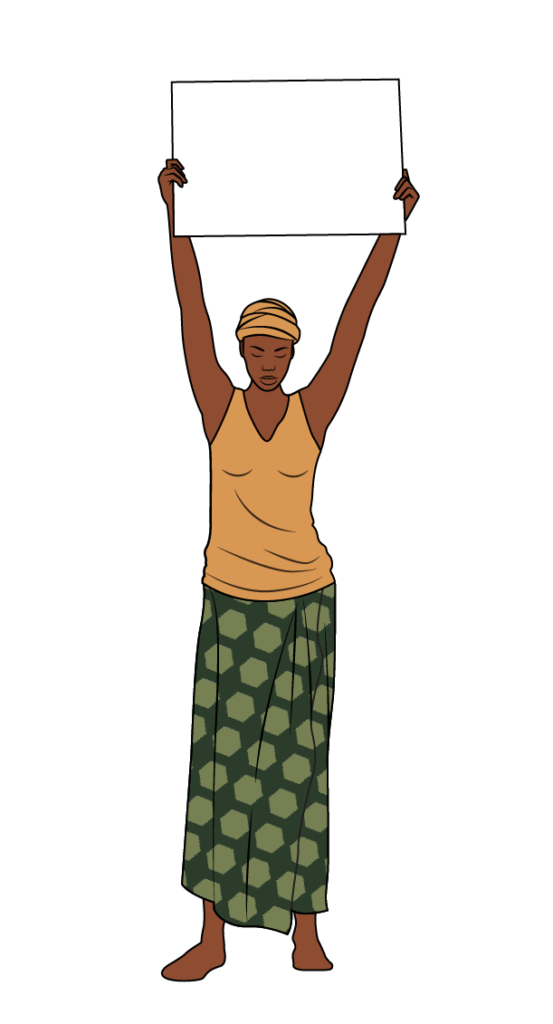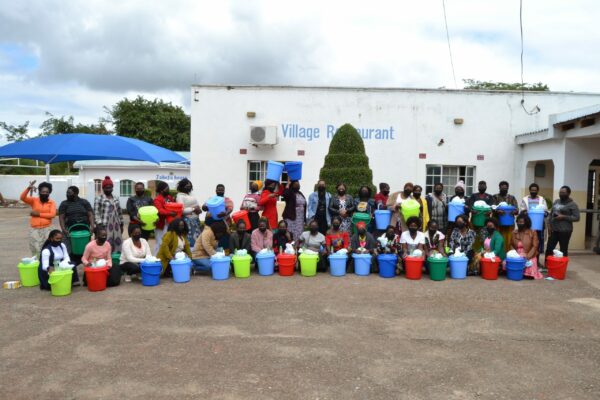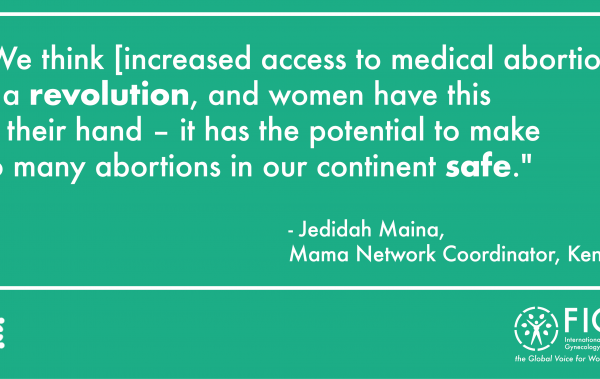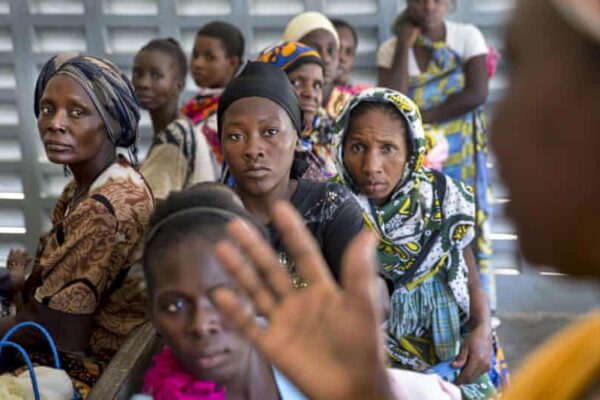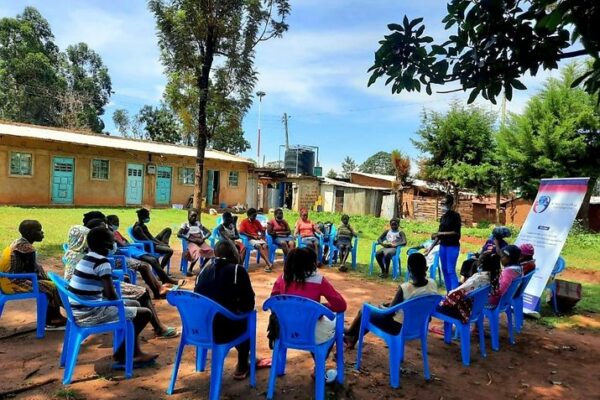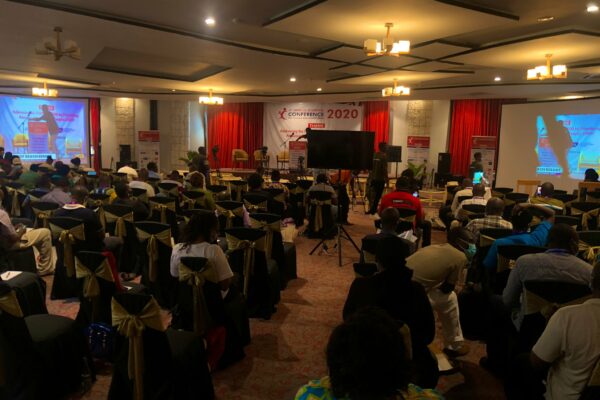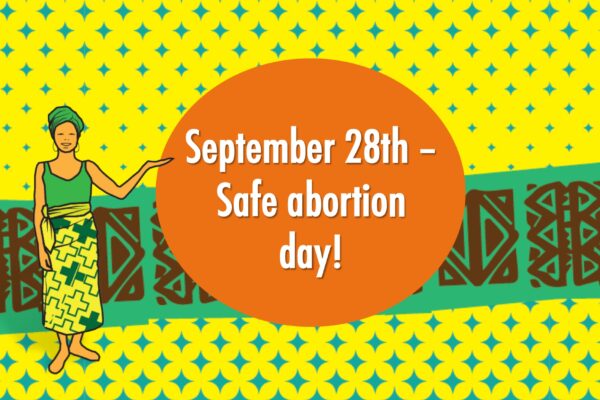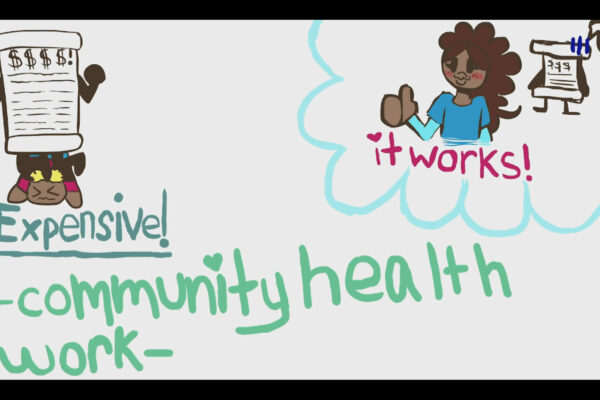Blog
How is the media talking about abortion?
The way that abortion is portrayed in the media plays an important role in how people view abortions and can […]
The pandemic as a portal: Lessons from our research on COVID-19 impact
It is an understatement to say that COVID-19 has caused disruptions in our work and our lives. Lockdowns, gathering restrictions, […]
Engaging Female Sex Workers in Covid-19 Fight Project – CESOCODE Malawi
The bitter impact of the COVID 19 pandemic outbreak has affected the lives of Sex Workers in Malawi. The novel […]
MAMA Network asks UN Experts to take action on Self Managed Abortion
In a session with IPAS, CRR, and FIGO alongside other human rights advocates and health workers, the MAMA Network was […]
“Beyond Our Society’s Eyes” – Zambia’s abortion reality according to CTYA
The issue of unsafe abortions is actually beyond what appears apparent to the naked eyes in the Zambian society which […]
Access to safe abortion in rural areas amidst COVID-19
VIAC and R2G are both MAMA member organizations advocating for access to safe abortion information and for access to safe […]
Regional efforts to advance access to safe abortion services
In December 2020, with the ease of restrictions on movement and adherence to safety measures, the Reproductive Health Network in […]
Hotlines Save Lives – Join us this September 28th
This September 28th to commemorate the international day of access to safe and legal abortion, the MAMA Network will run […]
Video testimonies on the effectiveness of abortion with pills
An estimated 93% of women of reproductive age in Africa live in countries with restrictive abortion laws. Even in countries […]
